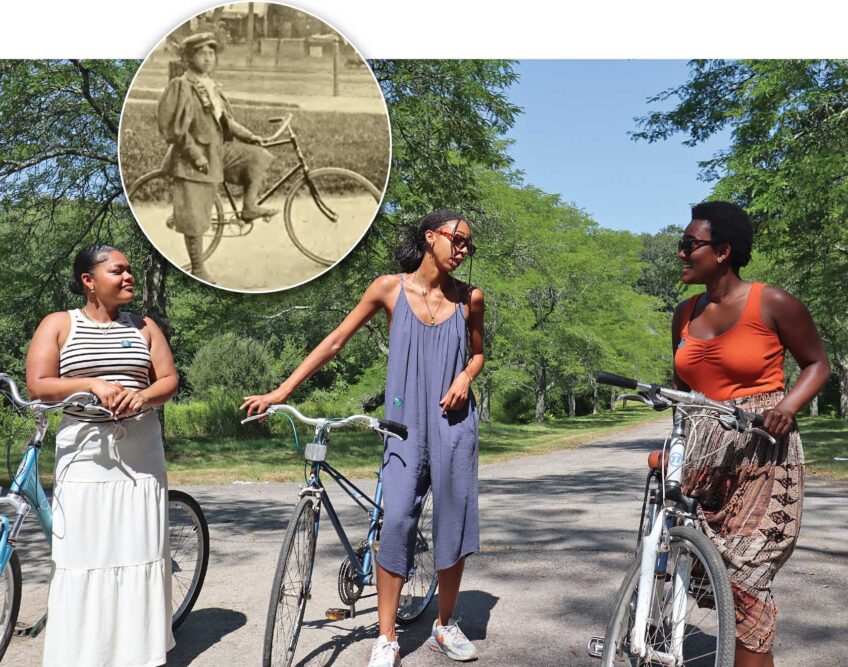
Wayne Shorter has being playing jazz for a long time.
At 80, the seasoned saxophonist and prolific composer is as active as ever, currently working his way through an exhaustive world tour that celebrates his life and the remarkable contributions he has made in bending the genre into different variations of itself — spanning from hard bop and free jazz to fusion, funk, rock and modal improvisation.
Shorter’s tour stops in Boston on Nov. 24 at 5 p.m. for a single performance as part of Boston Symphony Hall’s Celebrity Series where he will be joined in concert by renown jazz luminaries Joe Lavano, Geri Allen, Terri Lyne Carrington and Berklee’s Esperanza Spalding.
To say that Shorter’s influence on jazz over the last 54 years has been significant is an understatement.
Over decades, the Newark, N.J., native has been credited for infusing vitalizing influences into how the music is performed and determining its composition, always stretching the boundaries of traditional jazz form with new musical ideas and dynamic arrangements that often shocked his audiences, but propelled them toward previously undiscovered tonal horizons.
A committed iconoclast, Shorter, the winner of 12 Grammy Awards, persistently embraces innovation as a means of defining the outer perimeters of a music that has, from its inception, been a uniquely American idiom.
Unlike master improvisers and composers before him — including Charlie Parker, Dizzy Gillespie and Dexter Gordon — Shorter’s body of work features a routine reach beyond the safe and cloistered barriers of the status quo toward unexplored musical territory. For him, jazz is a narrative upon which the artist is demanded to ever build upon, giving it more expansive depth and meaning.
Shorter’s love of jazz began during his mid-teen years, after he had been given a saxophone by his father. During high school he played with The Jazz Informers at local parties, graduations and community events. After earning a degree in music at New York University, he was welcomed in to the Manhattan jazz community. After a stint in the U.S. Army, he joined Art Blakey’s Jazz Messengers, serving as that band’s musical director, composing many of the standards in the band’s music book.
In 1965 he joined the Miles Davis Quintet, replacing John Coltrane, and joining future legends, drummer Tony Williams, pianist Herbie Hancock and bassist Ron Carter.
As Davis’ principle tenor saxophonist and music director, Shorter produced groundbreaking arrangements and scored compositions that shifted the jazz sound from the pedestrian precincts of formal blues-based tonal signatures to new rhythmic choices and improvisation that traveled beyond known musical boarders. From these ripe years with Davis rose such classics as “Footprints,” “Nefferti” and “Santurary,” all reflecting Shorter’s irreverent style and future-oriented aesthetic flavor.
Upon his departure from the Davis band, Shorter was pushing the quintet toward fusion, funk and rock — sensibilities he had a heavy hand in creating.
Shorter soon founded the iconic band, Weather Report, where he continued blurring the traditional jazz identity by combing the particulars of free jazz, modern European classical music and hard bop. The emblematic “Non-Stop Home,” typifies this sound, establishing funk jazz fusion in the 1970s as a distinct style of its own and furthering the chasm between the traditional modern jazz genre created after World War II and during the civil rights movement.
Shorter is widely known as one of the jazz idiom’s most formidable intellectuals. He is our generation’s master at conceptualizing the music as both art form and philosophic perspective that manifest a ranging, warm and large human feeling.






